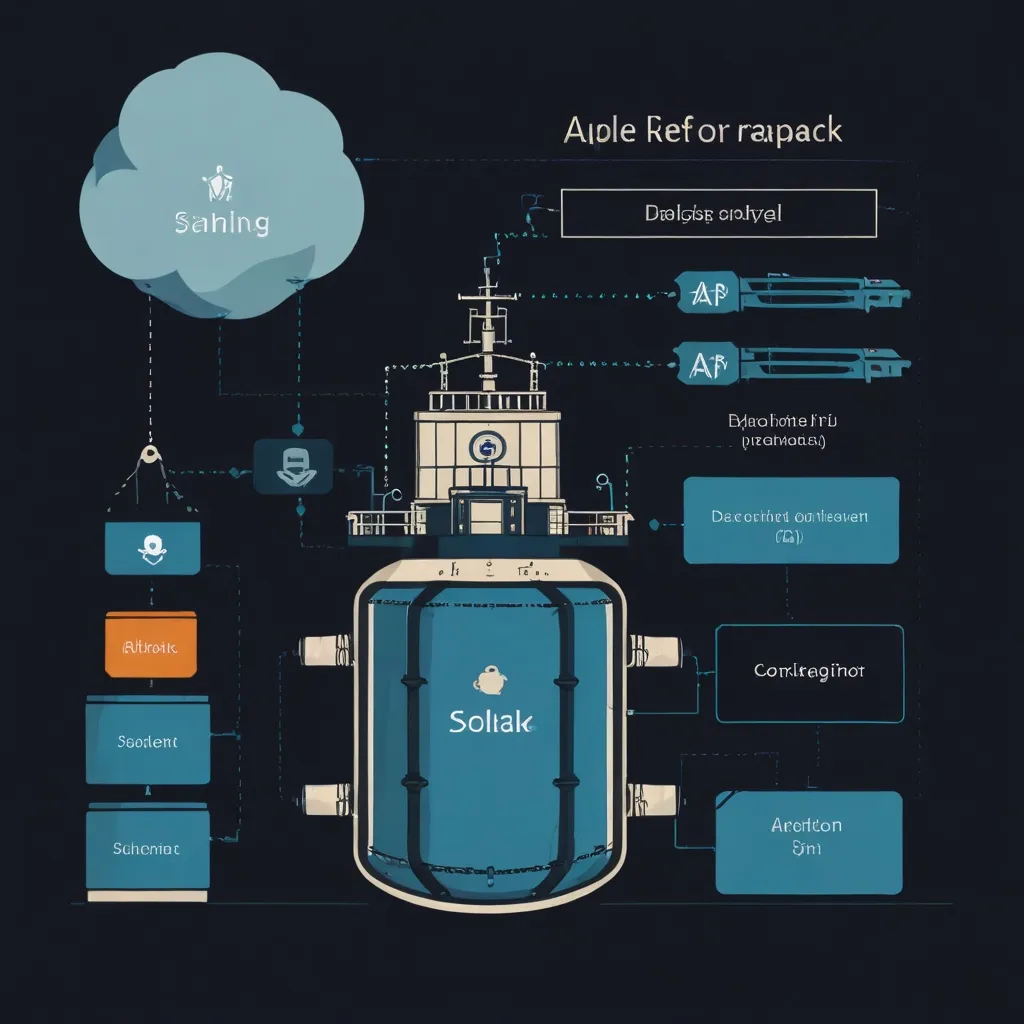Event-driven architectures are a fantastic avenue for building cutting-edge applications, especially when real-time data processing and scalability are on your checklist. If you’re keen on exploring this, combining FastAPI—a stellar web framework for Python—with Apache Kafka—a robust distributed streaming platform—could be your golden ticket. So, why not dive straight into how to set up this powerful combo?
The Backbone of Our Setup
Before jumping headlong into the technicalities, it’s good to know what we’re dealing with:
FastAPI Think of FastAPI as the Swiss Army knife for building APIs with Python 3.7+. It’s swift, modern, and leverages standard Python type hints to make API development a breeze.
Apache Kafka Kafka, on the other hand, stands tall as a distributed streaming platform. It’s built to handle high-throughput, offers low-latency, and its fault-tolerant nature means you’re betting on the right horse when you need serious data processing chops.
The Nitty-Gritty: Getting Started
Here’s a simple crash course to set things up.
Firing Up Kafka
Kafka needs Zookeeper for its coordination duties. A lot of developers simplify this setup through Docker Compose, and why not follow suit?
version: '3'
services:
zookeeper:
image: confluentinc/cp-zookeeper:latest
environment:
ZOOKEEPER_CLIENT_PORT: 2181
ZOOKEEPER_TICK_TIME: 2000
kafka:
image: confluentinc/cp-kafka:latest
depends_on:
- zookeeper
ports:
- "9092:9092"
environment:
KAFKA_BROKER_ID: 1
KAFKA_ZOOKEEPER_CONNECT: zookeeper:2181
KAFKA_ADVERTISED_LISTENERS: PLAINTEXT://kafka:9092,PLAINTEXT_HOST://localhost:9092
KAFKA_LISTENER_SECURITY_PROTOCOL_MAP: PLAINTEXT:PLAINTEXT,PLAINTEXT_HOST:PLAINTEXT
KAFKA_INTER_BROKER_LISTENER_NAME: PLAINTEXT
KAFKA_OFFSETS_TOPIC_REPLICATION_FACTOR: 1
Once you have this Docker Compose file, you can kick things off with docker-compose up. This gets Kafka and Zookeeper rolling.
Spinning Up FastAPI
Next on your to-do list: setting up your FastAPI application. Here’s a streamlined example to get your FastAPI talking to Kafka.
First, install the necessary packages:
pip install fastapi uvicorn kafka-python
Create a file named main.py and get this code in there:
from fastapi import FastAPI
from kafka import KafkaProducer
app = FastAPI()
# Initialize Kafka producer
producer = KafkaProducer(bootstrap_servers='localhost:9092')
@app.post("/produce")
async def produce_event(data: str):
producer.send('my_topic', value=data.encode('utf-8'))
return {"message": "Event produced successfully"}
@app.get("/consume")
async def consume_events():
from kafka import KafkaConsumer
consumer = KafkaConsumer('my_topic', bootstrap_servers='localhost:9092', auto_offset_reset='earliest')
for message in consumer:
return {"message": message.value.decode('utf-8')}
Launch your FastAPI app using:
uvicorn main:app --reload
Creating Topics and Sending Events to Kafka
You need a topic in Kafka to start shooting events at. Set this up with a simple Kafka command:
docker exec -it kafka kafka-topics --create --bootstrap-server localhost:9092 --replication-factor 1 --partitions 1 --topic my_topic
Once your topic is ready, you can start producing events to Kafka using FastAPI. Tools like curl can help send POST requests:
curl -X POST http://127.0.0.1:8000/produce -H "Content-Type: application/json" -d '{"data": "Hello, Kafka!"}'
Consuming Kafka Events
To consume events, your consumer should be listening to the topic. Modify the consume_events endpoint accordingly:
from kafka import KafkaConsumer
@app.get("/consume")
async def consume_events():
consumer = KafkaConsumer('my_topic', bootstrap_servers='localhost:9092', auto_offset_reset='earliest')
for message in consumer:
return {"message": message.value.decode('utf-8')}
Real-World Flair: A Ticket Booking System
Consider a practical ticket booking system to see this setup in action. Let’s sketch out how events flow in this system:
-
Creating a Conference: When an organizer creates a new conference, this data is sent to the FastAPI endpoint, publishing to a Kafka topic named “Conferences”.
-
Processing Conference Data: This data is managed by a stream processing tool like ksqlDB, merging it into a unified view and writing to another topic, say “Materialized view”.
-
Updating Ticket Availability: When booking a ticket, a webhook triggers the FastAPI endpoint, posting booking data to a Kafka topic named “Bookings”. The stream processor then handles real-time ticket availability updates.
-
Broadcasting Updates: Updated ticket information pushes through a messaging layer like Ably, sending real-time updates to all subscribed client devices.
Why Go Event-Driven?
Combining FastAPI and Kafka brings numerous wins to the table:
-
Loose Coupling: Apps can publish and subscribe to Kafka topics without needing intimate knowledge of each other. This design-time flexibility allows new application additions without disrupting the existing ecosystem.
-
Scalability: Kafka’s architecture supports high throughput with low latency, making it a robust choice for applications needing real-time data.
-
Flexibility: Event-driven setups make it easier to integrate new services or tweak existing ones sans disruptions. Any service can consume from an existing topic and perform its job without impacting others.
-
Durability: Kafka’s persistent storage ensures events can be replayed, assisting in producing critical data insights for other business needs.
Wrapping Up
Building an event-driven structure with FastAPI and Kafka is a solid route for anything requiring scalable and real-time data processing. This setup ensures your system remains loosely coupled, highly scalable, and a dream to maintain. Whether it’s a ticket booking system or another real-time application, leveraging these tools will help you hit your data handling goals with finesse.






